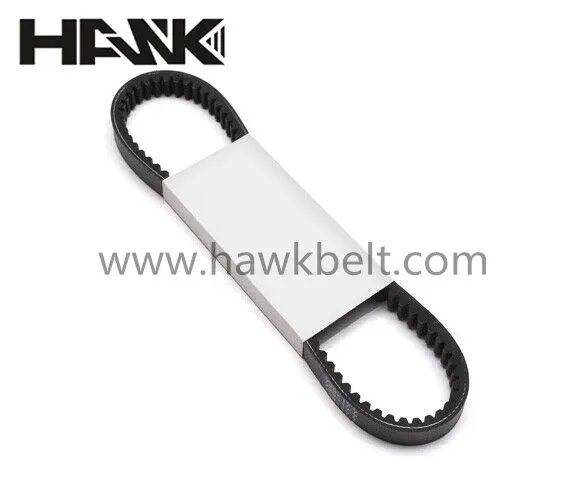- Arabic
- French
- Russian
- Spanish
- Portuguese
- Turkish
- Armenian
- English
- Albanian
- Amharic
- Azerbaijani
- Basque
- Belarusian
- Bengali
- Bosnian
- Bulgarian
- Catalan
- Cebuano
- Corsican
- Croatian
- Czech
- Danish
- Dutch
- Afrikaans
- Esperanto
- Estonian
- Finnish
- Frisian
- Galician
- Georgian
- German
- Greek
- Gujarati
- Haitian Creole
- hausa
- hawaiian
- Hebrew
- Hindi
- Miao
- Hungarian
- Icelandic
- igbo
- Indonesian
- irish
- Italian
- Japanese
- Javanese
- Kannada
- kazakh
- Khmer
- Rwandese
- Korean
- Kurdish
- Kyrgyz
- Lao
- Latin
- Latvian
- Lithuanian
- Luxembourgish
- Macedonian
- Malgashi
- Malay
- Malayalam
- Maltese
- Maori
- Marathi
- Mongolian
- Myanmar
- Nepali
- Norwegian
- Norwegian
- Occitan
- Pashto
- Persian
- Polish
- Punjabi
- Romanian
- Samoan
- Scottish Gaelic
- Serbian
- Sesotho
- Shona
- Sindhi
- Sinhala
- Slovak
- Slovenian
- Somali
- Sundanese
- Swahili
- Swedish
- Tagalog
- Tajik
- Tamil
- Tatar
- Telugu
- Thai
- Turkmen
- Ukrainian
- Urdu
- Uighur
- Uzbek
- Vietnamese
- Welsh
- Bantu
- Yiddish
- Yoruba
- Zulu
Nov . 17, 2024 17:55 Back to list
Understanding Belt Timing and Its Importance in Engine Performance
Understanding Belt Timing Importance and Function
Belt timing, commonly referred to as timing belts, is a crucial component in the internal combustion engine of most vehicles. These belts play a significant role in ensuring that the engine's crankshaft and camshaft operate in perfect harmony. This synchronization is vital as it determines the timing of the engine's valves opening and closing, thereby affecting engine performance, efficiency, and longevity.
The timing belt is typically made of a strong rubber material with high-tensile fibers, designed to withstand the high temperatures and stresses found within the engine's compartment. Unlike a chain, which was commonly used in earlier engine designs, timing belts are much quieter and lighter, contributing to overall engine efficiency.
One of the most significant aspects of interacting with a timing belt is understanding the replacement intervals. Most manufacturers recommend changing the timing belt every 60,000 to 100,000 miles, but this can vary depending on engine type and maintenance practices. Failing to replace a worn or damaged timing belt can lead to catastrophic engine failure, as the belt may snap, causing the pistons and valves to collide. This kind of failure not only results in expensive repairs but may also lead to engine replacement in severe cases.
belt timing

In addition to regular maintenance, it is essential to be aware of the symptoms of a failing timing belt. Common indicators include unusual noises from the engine, such as ticking or slapping sounds, oil leaks near the belt area, or engine misfires. If any of these signs are present, it is imperative to seek immediate professional inspection.
Understanding the function and significance of belt timing highlights its critical role in engine performance
. Regular maintenance and timely replacement can significantly extend the life of an engine and ensure that a vehicle operates smoothly. As technology evolves, newer engines may employ alternative systems like timing chains or variable valve timing mechanisms, but the fundamental role of synchronizing the engine components remains unchanged.In sum, belt timing is an integral part of vehicle performance that should not be overlooked. Awareness of its function, symptoms of wear, and adherence to replacement schedules will ensure that drivers can maximize the lifespan of their engines and enjoy a smoother, more reliable driving experience.
-
Korean Auto Parts Timing Belt 24312-37500 For Hyundai/Kia
NewsMar.07,2025
-
7PK2300 90916-T2024 RIBBED BELT POLY V BELT PK BELT
NewsMar.07,2025
-
Chinese Auto Belt Factory 310-2M-22 For BMW/Mercedes-Benz
NewsMar.07,2025
-
Chinese Auto Belt Factory 310-2M-22 For BMW/Mercedes-Benz
NewsMar.07,2025
-
90916-02660 PK Belt 6PK1680 For Toyota
NewsMar.07,2025
-
drive belt serpentine belt
NewsMar.07,2025

